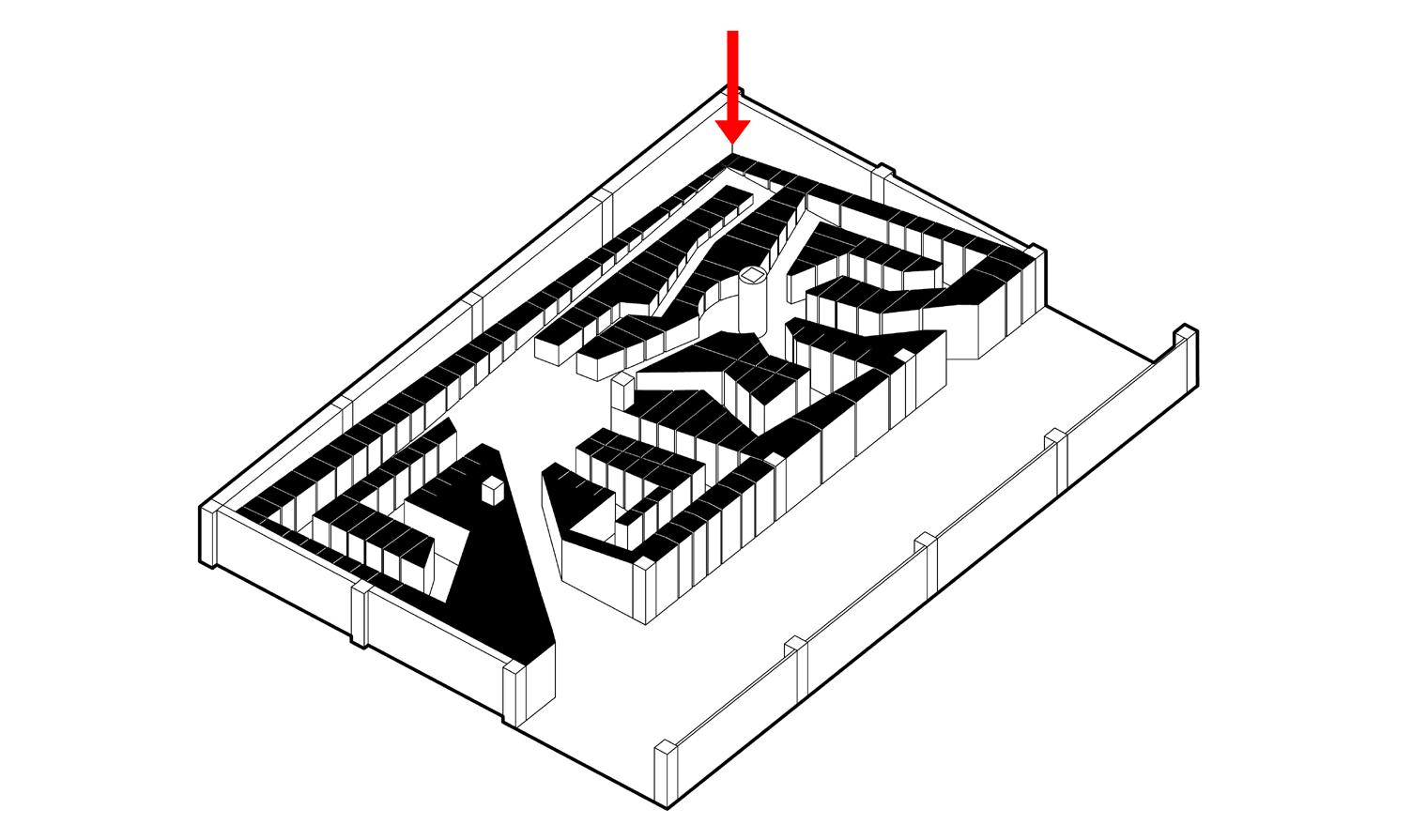
2 minute read
Home-stay housing proposal No. 2
by 張皓翔
Experience: Home-stay housing No. 2
Experience: Home-stay housing No. 2
Advertisement
Information
Type professional
Year 2019
Program home-stay housing
Location Taitung, Taiwan
Team independent
Experience: Home-stay housing No. 2
1F plan. Each unit has its own independent access
Experience: Home-stay housing No. 2
Experience: Home-stay housing No. 2
Experience: Home-stay housing No. 2
The walls and the shallow apertures together created a skin-like character
Experience: Home-stay housing No. 2
This project was designed with the cultivation of how the view of the sea was to be approached in mind. It is my belief that no matter how beautiful the scenery is, it would always cease to amaze and retreat as a backdrop when there’s excessive access to it. By denying the guests the view upfront, and forcing them through a series of operations before presenting it to them, I believe would maximize that feeling of awe. As a result, the structure itself was also conceived as one of the devices filtering the view.
Additional operations were applied to the structure to further manipulate perception. The disposition of the back facade was determined by the independent access to the units. These accesses and stairs are protected from the weather by tall thin walls, leaving only a couple of shallow apertures. The walls and the openings together created a skin-like character, giving the overall structure a contradictory image of simultaneously being thick and solid, yet light and delicate.
Experience: Home-stay housing No. 2
At this point of my research, I have come to realize that the ultimate goal of “space-making” is, in fact, the “shaping of human Perception with space.” It is not merely about solving a problem. Problem-solving belongs to the given brief; the prerequisites that need to be addressed before the actual design process can be implemented. It is also not about striving to create unique spatiality or inventing methodologies that do. As I have stressed before, space without intentions is meaningless, no matter how beautiful, interesting, or how well it is executed. Space that aspires to be anything but the shaping of Perception is neglecting its fullest capacity, which is analogous to an eagle learning to walk gorgeously while it could have sworn magnificently in the sky.
Many operations can manipulate Perception; however, keeping in mind the encompassing disposition of space, only those that are received intellectually should be applied. For such operations to work, space must evoke an urge for the mind to further investigate, which requires the careful balancing of methods such as complexity, depths, and estrangement3. Space that is too complex or too obvious ceases to invite further contemplation and dissolves into the backdrop; space with depths in meanings can be comprehensible on the surface level to less-receptive individuals, yet even more intriguing to the more receptive as additional meanings are revealed upon further examination; and lastly, estrangement triggers a sense of contradiction on a subconscious level, resulting in a space that seems “off” and thus interesting.
Looking back, even the aforementioned themes hinted at this goal. In Pure Space, I described the intention to conceive space based on spatial ideas in place of non-spatial parameters. In Idea, I maintained that designs should be the materialization of ideas. In Form, I accentuated the need for a form that cultivates experience, and not just for the sake of being unique. And in Experience, I proposed the possibility of how one could design an objective and universally encompassing experience for all. All of which set the stage for the idea of space’s destiny being a Perception-shaping device.






